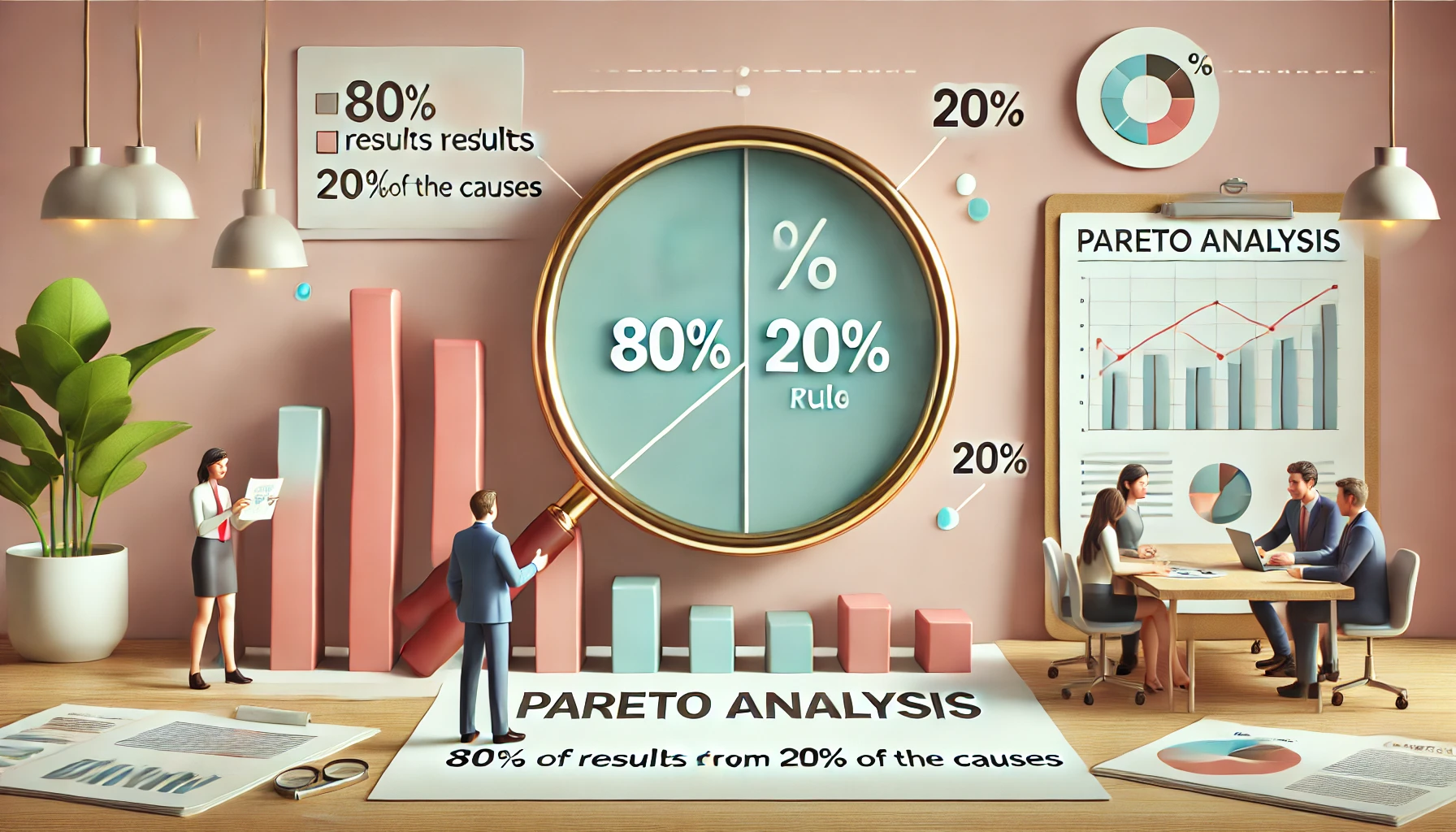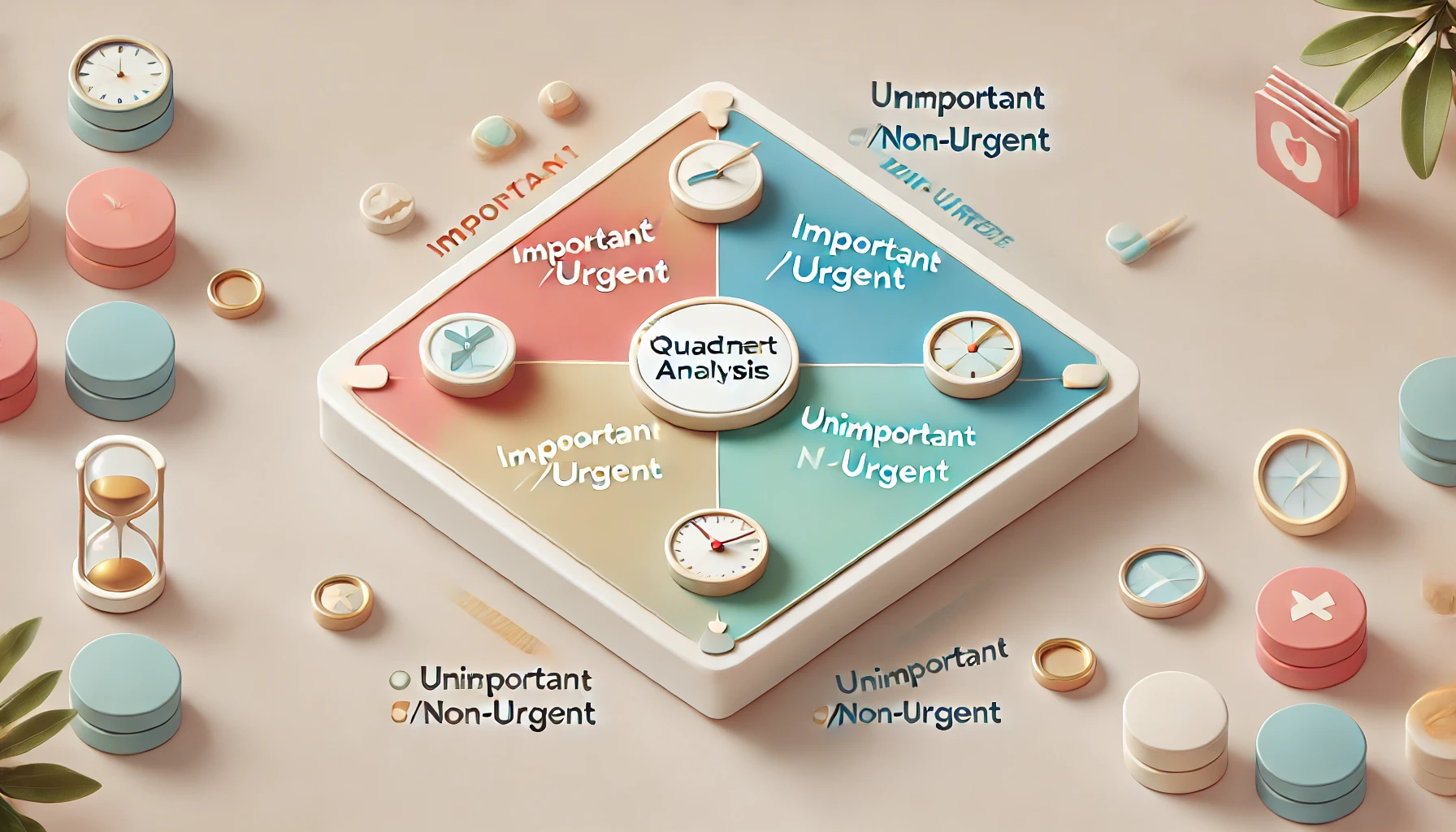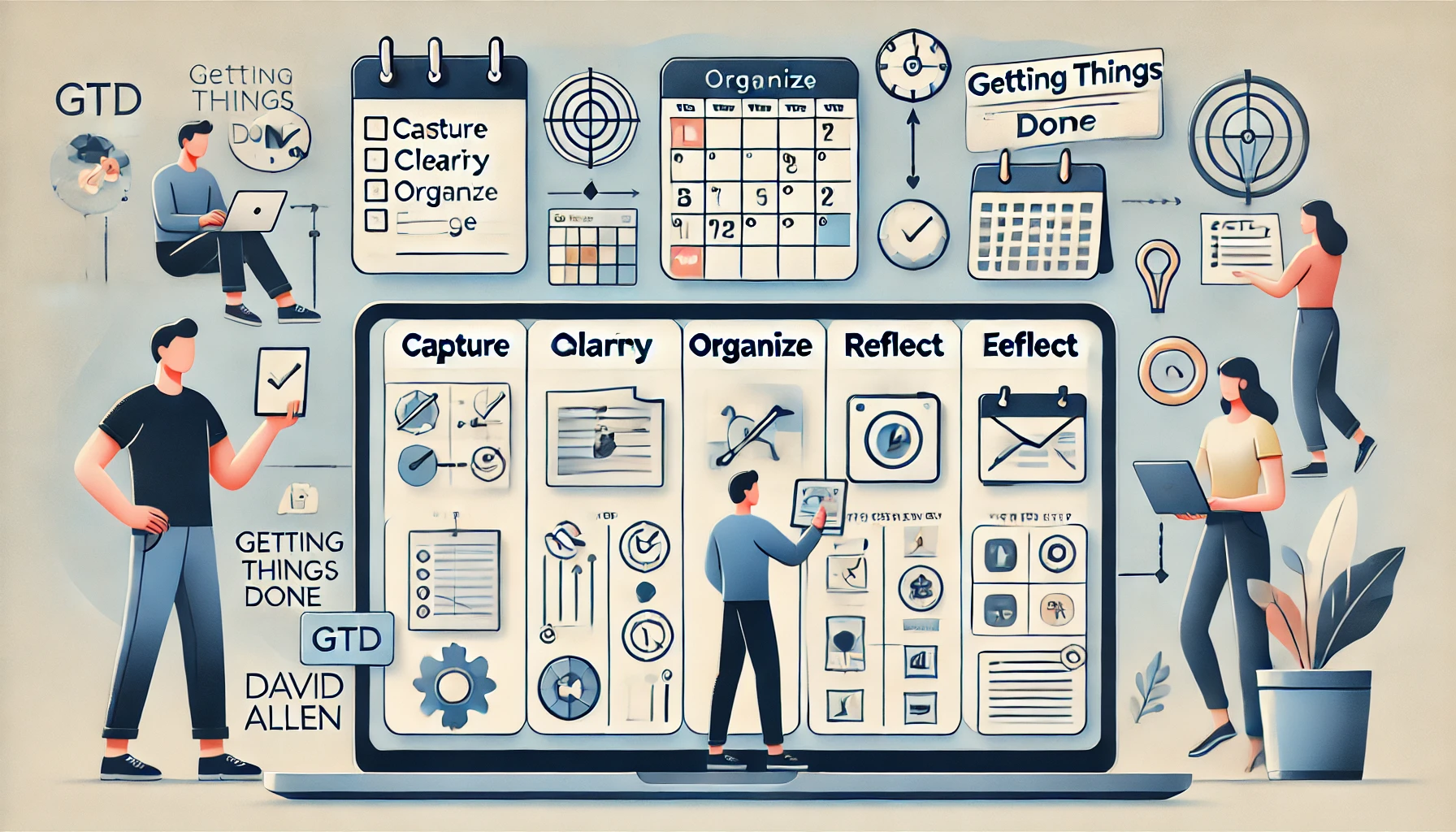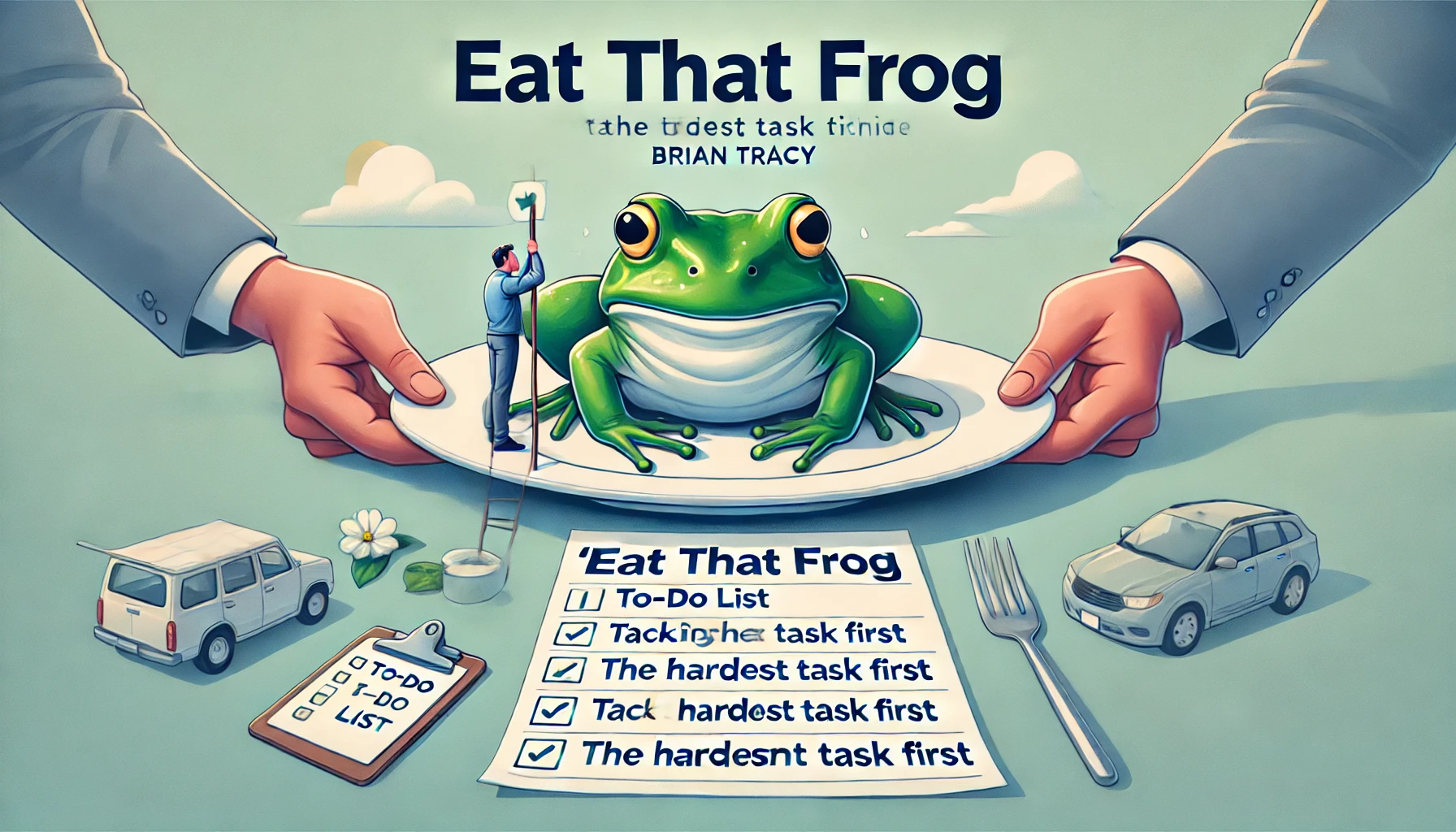In our busy world, learning how to manage time well is key. It cuts down on stress and boosts how much we get done. Expert advice can be a road map for anyone looking to juggle work and life. This goes for students, parents, and anyone with a lot on their plate. Techniques like the Pareto Analysis and Pomodoro Technique stand out. They help in different ways. Dive into what the experts say and see how you can make your day better by focusing on what’s important.

The 80/20 rule tells us that 20% of our work makes up 80% of our success. So, it’s smart to concentrate on what truly matters. The Pomodoro Technique breaks work into 25-minute chunks. Then, you take a short break. It’s great for those who find it hard to stay focused. Next, the Eisenhower Matrix helps to set priorities between what’s urgent and what’s important. This is key for any leader or big-picture thinker. Knowing these methods is the first step to better time management.
Introduction to Time Management
Time management is key to making the most of every day. It’s about using the hours you have wisely. People who are good at managing their time get a lot done, feel less stressed, have more free time, and feel fulfilled. IBM found that knowing how to manage time is crucial for people in jobs today.
Time is as precious as money. Learning to use it well helps us have a better life. Few people can do many things at once. It’s often better to focus on one task. The Pomodoro technique helps by dividing work into short sessions with breaks. This keeps your mind fresh.
Using tools like planners or digital calendars helps a lot. They let you set goals for each month and week. The Eisenhower Matrix is good for figuring out what to do first. An app called Forest lets you grow a virtual forest while you work. It helps you get things done and supports planting real trees.
Apps like RescueTime and Focus Keeper help track your time. They can make you more productive. Tools like StayFocused and Freedom stop you from using some websites or apps too much. Planning for just 10 to 12 minutes each day can save you a lot of time. This shows how important good time management is.
Pareto Analysis: The 80/20 Rule
Pareto Analysis is a key tool for better prioritizing and solving problems. It focuses on the 80/20 rule. This rule says that 80% of the results come from just 20% of the causes. Joseph M. Juran made this idea very popular in the business world.

Understanding Pareto Analysis
Vilfredo Pareto noticed that 20% of the people in Italy owned 80% of the land. This led to the idea that a small part often causes a big effect. For example, a few car parts can cause most breakdowns. And in business, a small number of clients can bring in most of the profits.
Steps to Implement the 80/20 Rule
Here’s how to use Pareto Analysis well: 1. Make a list of important tasks or problems. 2. Find and group these by their main causes. 3. Highlight the top 20% of causes that lead to 80% of the issues. 4. Work on these main causes to get better results.
For example, a few bugs could cause 80% of a software program’s crashes. By fixing these, the program gets much more stable. Also, just a few social media posts might bring in most of a website’s visitors. This shows why focusing on the best content is very important.
Benefits of Pareto Analysis
Using the 80/20 rule helps with making better choices and saving time. It allows focusing on the most important tasks. This can lead to big improvements, in business and personal life alike.
In short, the Pareto principle guides us to the main points for success. It helps with quality, boosting efficiency, and using resources better. This rule is fundamental for smart decision-making and getting the best results.
Pomodoro Technique: Boosting Productivity in Intervals
The Pomodoro Technique was created by Francesco Cirillo. It’s a method to manage time. Work time is split into 25-minute parts with short breaks. This helps focus better, be more productive, and avoid getting too tired.
Working in Short Bursts
Doing work in small parts is key in the Pomodoro Technique. You work for 25 minutes and then rest for 5 minutes. Cirillo says many have used this to use time well. People aim for up to 16 of these work-rest cycles in a day. But, it’s okay to aim for 12 to keep it easier.
Setting Effective Breaks
Taking good breaks helps stay productive. After every 25-minute work session, take a 5-minute rest. Then, after four rounds, take a longer, 15-30 minute break. This method helps you not get too tired and work your best. Trying out different time intervals can also help.
Who Can Benefit from the Pomodoro Technique
This method is great for many people. It’s helpful for those who think creatively, students, and anyone with big projects. It makes it easier to focus and be productive by breaking work into small parts. Keeping track of work with Pomodoro logs can also show how you’re doing.
Cirillo’s method is good for reaching daily, weekly, or team goals. It works well in all parts of life, not just work. For more on time management, visit comprehensive techniques here.
Utilizing the Eisenhower Matrix
The Eisenhower Matrix was made by Dwight Eisenhower for smart time use and better choices. This tool, also called the Urgent-Important Matrix, helps organize tasks. It makes sure your work fits your goals well.
Quadrant Analysis for Prioritization
This method splits tasks into four groups: Important/Urgent, Important/Non-Urgent, Unimportant/Urgent, and Unimportant/Non-Urgent. Knowing these groups is key for making good choices.

Tasks in Quadrant 1 (Important/Urgent) deal with things that need quick solving. Quadrant 2 (Important/Non-Urgent) focuses on goals that don’t need attention right away. Quadrant 3 (Unimportant/Urgent) holds tasks that someone else might do. This frees up time for urgent but important things. Quadrant 4 (Unimportant/Non-Urgent) are tasks you should avoid or cut down on.
Implementing the Urgent-Important Matrix
Start by listing your tasks in the matrix’s four areas. This makes sure you use your time right and aims your tasks at your goals. Check and adjust the matrix regularly to see what you do well and where you could do better.
This system helps leaders and workers focus on tasks that truly matter. By limiting each quadrant to 3-5 tasks, it sharpens any time management plan.
Applying Parkinson’s Law
Parkinson’s Law says work fills the time given. This idea is great for boosting how effective we are by using time limits.
Less time for tasks can make us much more productive. For example, the Pomodoro Technique uses 25-minute work spurts. This approach fits well with Parkinson’s Law. Also, finishing easy tasks fast can give us a sense of achievement. It helps us stay away from delaying things.
Efficiency through Time Limitation
Setting tighter deadlines often brings better results. When we have less time, we focus on what really matters in a task. This can make our work better and faster. For instance, a two-week project might be done in three days. This shows how adding time limits makes us more efficient.
Techniques for Shorter Work Bursts
There are many ways to work in shorter, more effective periods. Grouping tasks, setting early deadlines, and using a near-dead laptop battery can help speed up tasks. Time boxing and limiting email checks to 30 minutes stop us from losing time. This way, we keep important work at the forefront.
Reducing interruptions and checking deadlines often balances speed with quality. David Allen’s advice on living in the now can cut stress and improve how we work. It’s vital to understand Parkinson’s Law and put its ideas into action. Doing so boosts our personal and team performance.
Time Blocking: Mastering Your Schedule
Time blocking is a great technique. It divides your day into blocks for different tasks. Elon Musk is a big fan, saying it helps him be more productive. This way, you focus on one task at a time.

The Fundamentals of Time Blocking
The basics of time blocking are simple. You choose specific hours for your most important work. Cal Newport, in “Deep Work,” found structured work weeks are key. They can be just as effective, if not more, than working longer hours without a plan.
Time blocking makes sure you focus and stay organized. It helps you work more efficiently without getting burnt out.
Creating Effective Time Blocks
To make good time blocks, know what tasks you must do. Then, give each its own time. Task batching and day theming can make this easier. Task batching groups similar tasks together. This saves time and energy.
Day theming sets specific days for certain types of work. This helps you fully focus. You can also use time boxing. It sets limits on how long tasks take. This way, you can avoid putting things off.
Time blocking is good for anyone. It helps lawyers, entrepreneurs, or those who work from home. It ensures important tasks get done. This means you can work better and still enjoy life.
Getting Things Done (GTD) Method
The Getting Things Done (GTD) method, created by David Allen, helps many people get organized. It’s known for changing how people work and manage their time. This method shows how to handle tasks, projects, and other things to do effectively.
GTD teaches us to keep our tasks and ideas out of our head. This way, we can think clearly and focus on getting things done. It balances daily tasks and long-term plans, making us better at controlling our work and life goals.

What’s great about GTD is you don’t need certain tools to use it. It’s about keeping it simple and using what works for you regularly. Yet, tools like Todoist, a top task manager, can really help. Todoist works with emails and messages to make managing tasks easier and smoother.
The heart of GTD is based on five steps: Capture, Clarify, Organize, Reflect, and Engage. It helps us turn big tasks into small, doable steps. This way, we avoid getting confused or putting things off because we exactly know what to do.
When we organize with GTD, we sort tasks, set what’s most important, and decide when they need to be done. We also use tricks like the two-minute rule or breaking tasks into steps. These methods can change for each person, which makes GTD work for everyone. It teaches us to be more disciplined in how we handle our work and meet our goals.
Rapid Planning Method (RPM) by Tony Robbins
The Rapid Planning Method (RPM) helps manage time and set goals, created by Tony Robbins. It moves people from task managing to aiming for specific outcomes. We’ll explore what RPM is, its steps, and who can find it helpful.
Introduction to RPM
RPM is about achieving important results, not just time management, says Tony Robbins. It breaks down to Results, Purpose, and Action. To move forward in life’s ups and downs, Tony says ask: What do I want? Why do I want it? How will I get there? This approach offers clear goals, keeps you motivated, and gives a clear path to success.
Steps for Creating an RPM Plan
To start, you pick your end goal (Result) and why you want it (Purpose). Then, you make your big plan to hit those goals.
- Result: Clearly state what you want to achieve.
- Purpose: Identify the deeper reason behind your goal, fueling motivation.
- Massive Action Plan: Develop a detailed action plan to accomplish your objectives.
The RPM chart helps focus on the key tasks and goals, boosting productivity and goal reaching. It guides you with a clear, actionable plan towards your life’s major goals.
Types of People Who Benefit from RPM
RPM is great for those with big, long-term goals who need a sturdy plan. Students, workers, and business owners find it useful. It kicks out the stress of endless to-dos and shows how fulfilling goals lead to success and clear mind.
Pickle Jar Theory: Prioritizing Tasks
The Pickle Jar Theory, created by Jeremy Wright in 2002, helps us manage our time. It compares our tasks to rocks, pebbles, and sand. We should start with the rocks, the most important tasks, to be sure our main goals are achieved.
It’s really important to put tasks in the right order. This theory says to do the top four important tasks first. Then do the urgent but less important tasks, and finally, handle the small stuff. Doing this helps us make the best use of our time, which makes us more productive.
Categories within the Pickle Jar Theory
The Pickle Jar Theory groups tasks into rocks, pebbles, and sand. This makes it easier to see what needs to happen first:
- Rocks: These are your main tasks. They help you achieve your big goals and come first.
- Pebbles: They’re less important but still need your attention. You can deal with them after the rocks.
- Sand: These are small tasks and distractions. They can wait until the rocks and pebbles are done.
This system helps cut out unimportant work. By organizing your tasks well, you stay focused on what really matters. You connect your daily tasks to your big goals. This leads to being more productive overall.
Creating a Practical Task List
Here are some steps to follow the Pickle Jar Theory well:
- First, pick your three to four most important tasks for the day (rocks).
- After the rocks are done, take care of the pebbles. Give these tasks 30-45 minutes.
- Last, work on the sand, the less important stuff, in short bursts like 30 minutes each.
- Keep some time free for sudden emergencies with an “emergency jar.”
- Use task batching and set times for tasks to be more efficient.
Jeremy Wright’s Pickle Jar Theory, and methods like the Pomodoro Method, help us manage time. They focus on being productive. Seeing your tasks clearly can lead to big success by prioritizing the right tasks. Using tools like Hubstaff can also show us where we spend our time, helping us improve. Learning to manage our tasks well can make a big difference in how productive we are every day.
Eat That Frog Technique
Brian Tracy introduced the “Eat That Frog” technique. It’s based on a saying from Mark Twain. This method helps by prioritizing the hardest task first. By doing this, we boost our productivity and get rid of putting off things. So, if you focus on what’s most important, you won’t waste time. You’ll have a better day.

Why Start with the Hardest Task
Why the toughest task first? It helps you use your best energy and time. This is when you’re at your best. Research shows that bit by bit progress makes you happier. Brian Tracy tells us finishing the big stuff first makes a big difference. It makes the whole day go better by beating procrastination this way.
Steps to Implement Eat That Frog
Here’s how you can use the Eat That Frog method:
- Identify Your Frog: Pick the task that will help you the most in your life and work.
- Plan in Advance: Make a plan for your day ahead of time. Start with a big list and then break it down into smaller daily tasks.
- Prioritize Tasks: Sort your tasks using Tracy’s method. Decide what’s a must, what you should do, and what’s just nice. Also, see what you can give to someone else or what you can forget about.
- Focus on Deep Work: Spend your time on tasks that take a lot of brainpower, like coming up with new ideas, design, or solving problems.
- Prepare the Night Before: Get ready the night before by choosing the most important task. This makes it easier to start the next day.
If you want to know more, read Brian Tracy’s book “Eat That Frog! 21 Great Ways to Stop Procrastinating and Get More Done in Less Time”. There’s also the “Eat That Frog!” audiobook for those who like to listen.
Advice from Time Management Experts
Experts in time management offer great advice to make daily life better. Learning from them helps us be more efficient every day.
Key Takeaways from Renowned Experts
Greg McKeown wrote the book “Essentialism: The Disciplined Pursuit of Less.” It’s all about focusing on what’s important. Goodreads said it’s the top book in Leadership and Success. McKeown teaches to focus on the most important tasks in his book and speeches.
Larissa Haynes shows how to start with a good morning routine. Sam Raimondi says to not delay tasks to do more in less time. Erin Trafford-Basquill suggests dividing your day into 15-minute parts for better organization.
Ananda Qianyu recommends a tool called Leechblock to limit website distractions. Rachel Baumann uses a changeable schedule on a whiteboard for organizing tasks better.
How to Apply Their Tips in Daily Life
Taking advice from these experts is key to being more productive. Using Essentialism helps cut out things not needed. Tools like Leechblock and a flexible schedule make managing time easier.
Use mornings well, like Haynes suggests, for important work without distractions. Divide tasks small, as Trafford-Basquill advises, for easier management. And, don’t delay tasks, following Raimondi’s tip, to do more in less time.
By following these practical advice, anyone can boost their daily output. These strategies help find a good work-life balance. Whether it’s organizing tasks better or managing time smarter, expert tips pave the way for a more effective day.
Conclusion
After learning about various time management techniques, we see their big role in our lives. These methods, like the Pareto Analysis and Pomodoro Technique, help us be more productive. They also help find a good balance between work and life.
Research from 2018 and 2020 points out the value of managing our time well. It shows how crucial time is. Tips from experts give us a plan to manage time without getting too stressed.
Trying out methods like time blocking and the Eisenhower Matrix helps a lot. They let us make our own time management plan. This process helps achieve our goals and improves our work habits. Good time management changes how we live. It makes us happier, more productive, and better at life.
FAQ
What are the key benefits of effective time management?
Effective time management boosts productivity and cuts down stress. It gives you more free time and makes you feel fulfilled. By choosing tasks wisely, you make life more balanced and successful.
How does Pareto Analysis help in time management?
Pareto Analysis, known as the 80/20 rule, finds the tasks that matter most. By working on these key tasks, people can use their time better. This approach leads to increased productivity.
What is the Pomodoro Technique and how does it improve productivity?
The Pomodoro Technique involves working for 25 minutes and then taking a break. It boosts focus and productivity. Breaking work into short sessions helps prevent burnout.
How can the Eisenhower Matrix be used to prioritize tasks?
The Eisenhower Matrix sorts tasks by urgency and importance. It divides them into four parts. This method helps you focus on what matters most for achieving your goals.
What is Parkinson’s Law and how can it enhance work efficiency?
Parkinson’s Law says work fills the time you give it. Setting shorter deadlines can increase efficiency. It helps get things done faster.
How does time blocking improve scheduling and productivity?
Time blocking means assigning specific times for tasks each day. This method, used by Elon Musk, helps focus and manage time better. It leads to more productivity and a well-organized schedule.
What are the steps involved in the Getting Things Done (GTD) method?
The GTD method is about capturing, clarifying, and organizing tasks. It also involves reflecting and choosing the right actions. This system helps improve focus and management of daily tasks.
What is the Rapid Planning Method (RPM) by Tony Robbins?
RPM captures tasks and groups them by similarity. It then creates action plans for each. This approach aligns daily tasks with big life goals, improving focus and achievement.
How does the Pickle Jar Theory help in task prioritization?
The Pickle Jar Theory organizes tasks like rocks, pebbles, and sand. It means putting big tasks first. This ensures your main goals are achieved, managing your time well.
What is the “Eat That Frog” technique and why is it effective?
The “Eat That Frog” technique says do the hard task first. This method combats procrastination and boosts productivity. It focuses you on important goals early in the day.
What do time management experts recommend for better daily routine management?
Experts say focus on what’s important not just what’s urgent. They suggest good work habits and time management skills. This advice is key to a better routine, balance, and personal growth.

More Posts
Master Your Workflow: Essential Outlook Productivity Hacks
Want to get more done in less time? This guide gathers wisdom on boosting email efficiency with Outlook tips and tricks. It’s packed with expert advice for a smarter inbox. The 2016 Outlook...
6 Must-Try iPad Digital Planners for Professionals
If you’re tired of traditional paper planners and looking to transition into digital planning, you’ve come to the right place. Whether you’re a business professional juggling complex projects or a creative person sketching...
Lean and Agile Can Raise Personal Productivity
The Gig Economy and the modern business ecosystem have brought productivity to the center of everyone’s attention. People are figuring out new ways and approaches towards increasing their daily work-related output. Lean and...
6 Golden Rules of Planning & Setting To Consider
Planning is vital to any successful project. The more you plan, the better your project will be and the less stress you will feel. However, planning can be quite challenging. Planning can be...